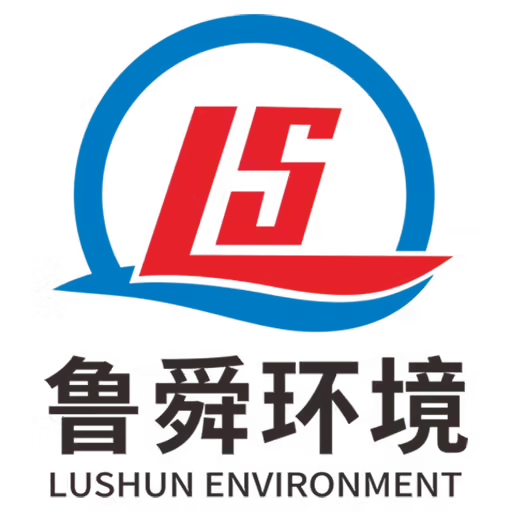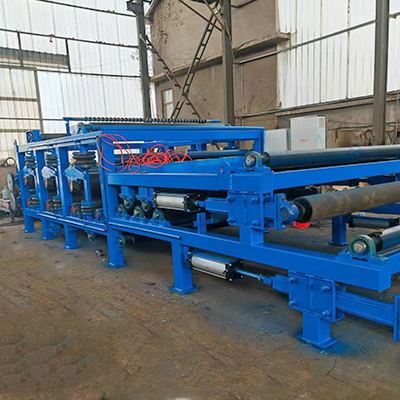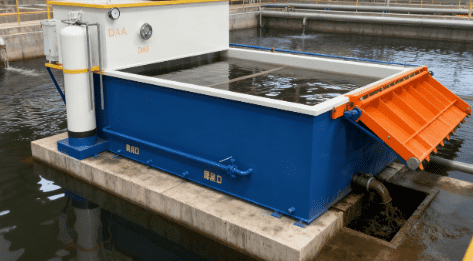In the wave of “zero-waste city” construction, incinerators are becoming the core equipment for urban solid waste treatment with their dual advantages of efficient reduction and energy utilization. This “industrial behemoth” that can convert garbage into heat energy has achieved a win-win situation in terms of environmental and economic benefits through intelligent control and clean combustion technology.
The journey from waste to energy
The working process of the incinerator can be divided into six core links:
- Pretreatment system
Through magnetic separation, screening and other technologies, waste metals (recovery rate> 95%), bricks and other incombustibles are removed, and after crushing (discharge particle size < 50mm), the low calorific value of the garbage is increased to 5000-8000kJ/kg. Data from a domestic waste incineration plant show that pretreatment increases incineration efficiency by 15%.
- Feeding and drying
The garbage is sent into the drying section through a hydraulic pusher, where the water evaporates in an environment of 150-250℃ (the moisture content drops from 60% to 15%). At the same time, some organic matter begins to pyrolyze and produce combustible gas.
- Step combustion
In the main combustion chamber at 850-1100℃, the garbage undergoes three stages: “drying – pyrolysis – combustion”. The stepped grate (moving speed 0.5-2m/min) allows the garbage to stay for 1.5-2 hours, and the organic matter incineration rate is >99.9%. A case study of medical waste incineration showed that dioxin emissions were only 1/10 of the national standard.
- Flue gas purification system
- Acid gas neutralization: Through semi-dry method (Ca (OH)₂ spray) + dry method (activated carbon injection), SO₂, HCl removal rate >98%
- Particle interception: bag filter (filtration accuracy 0.1μm) + electrostatic precipitator, smoke emission concentration <10mg/m³
- Heavy metal adsorption: The activated carbon bed makes the removal rate of heavy metals such as Hg and Cd>99%
- Waste heat recovery
High-temperature flue gas (300-400℃) generates steam through waste heat boilers, with a power generation efficiency of 35-40%. A 1,000-ton/day incineration plant can generate 120 million kWh of electricity per year, meeting the electricity needs of 30,000 households.
- Slag recycling
The slag (water content <1%) discharged from the water-cooled slag removal system (temperature drops to below 100°C) can be used as building material aggregate (compressive strength >30MPa) after recovering waste metal through magnetic separation, with a comprehensive utilization rate of >90%.
Three major innovations lead industry change
- Intelligent combustion control:
The combustion optimization system based on AI algorithm adjusts the combustion-supporting air volume and grate speed in real time, reducing the oil consumption per ton of garbage from 15kg to 5kg.
- Zero-carbon operation mode:
An integrated biogas purification system is used to reuse the biogas produced by leachate treatment for incineration, with a biogas replacement rate of 20% in one project.
- Modular Design:
The processing capacity of a single unit is 50-1500 tons/day, and it can be flexibly combined according to the size of the city. The construction period is shortened by 30% compared with traditional processes.
“Environmental guardian” in multiple fields
In municipal solid waste treatment, the incinerator has reduced the amount of domestic waste landfilled in a municipality by 80%, and the freed-up landfill land is used for ecological restoration. In the field of hazardous waste treatment, it has successfully disposed of highly toxic substances such as chemical waste and pharmaceutical intermediates. A case study of a chemical park showed that the toxic leaching concentration of ash after incineration was only 1/5 of the national standard.
low carbonization and intelligence go hand in hand
With the advancement of the “14th Five-Year Plan for the Development of Urban Domestic Waste Classification and Treatment Facilities”, incineration technology continues to upgrade. New gasification incinerators convert garbage into syngas (calorific value 12-15MJ/m³) through pyrolysis and gasification under oxygen-deficient conditions, which is used for fuel cell power generation. According to the industry white paper, by 2027, my country’s incineration capacity will exceed 800,000 tons/day, accounting for more than 60% of the total urban waste treatment.
This industrial equipment, which runs day and night, is interpreting the environmental philosophy of “turning waste into treasure” with a thousand-degree high temperature. Guided by the goal of carbon neutrality, the incinerator is not only the “end” of garbage, but also the “cradle” of clean energy. As the experts of the United Nations Environment Program said: “When the flames of the incinerator light up the night sky, it is a firm step taken by mankind towards a sustainable future.”






